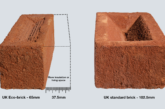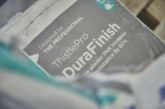With outside temperatures falling and preparations being made for working in the winter, Dr Bill Price, National Technical Commercial Manager from Tarmac’s cement business, offers some advice on working with bricks and blocks in the colder months.
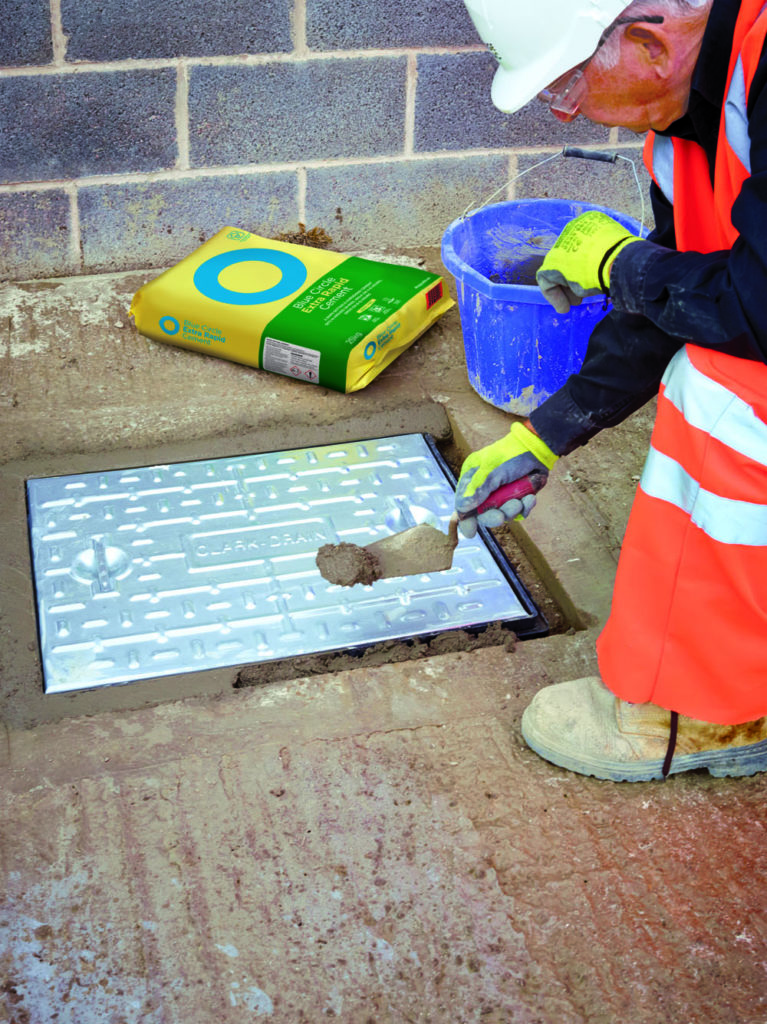
The good news is that the mortar mix can indeed be placed in cold weather, provided adequate precautions are taken to alleviate the negative impacts of low temperatures. Perhaps the most critical factor in building work carried out in cold weather is ensuring that the mortar mix remains warm enough to allow cement hydration to take place. The mortar mix will not hydrate adequately in temperatures below three degrees which increases the risk of slow setting, poor strength gain and frost damage. This can be easily avoided by working in temperatures above five degrees.
Once placed, the mix must be protected from freezing until it has reached an adequate strength, which typically happens within the first 48 hours. If freezing happens before it has developed sufficient strength to resist the expansive forces associated with freezing water and ice formation, which can result in the disruption of the cement paste. Ultimately, this causes an irreversible loss in strength, meaning cracking, scaling and crumbling can occur, producing an unsightly and substandard job.
To produce a good quality finish, protection should be in place to shield the work from the elements, as this will reduce frost damage and lessen the time it takes to set. It is therefore important to cover the brick and block with insulation sandwiched between two sheets on polyethene sheeting, or alternatively, provide supplemental warmth. Covered with insulation, the mortar mix seldom loses enough moisture to have a negative impact during the curing process.
Wind and rain
As well as chilly temperatures, it’s a fair bet that the British winter will throw up a wintry mix of wind, rain and snow – so it’s also important to factor these in when preparing for winter.
Biting winds can cause severe temperature drops, as well as premature drying of the mix from excessive evaporation. Having some windbreaks ready will prove valuable in this situation. For most projects, a height of six feet is sufficient. However, windbreaks could be taller or shorter depending on anticipated wind velocities, temperature and humidity.
Rain too, can cause problems. Mortar should be kept moist for 36 hours to allow it to fully cure. However, a heavy rain may mark a freshly completed finish and may even wash the lime out of the mortar, weakening the bond between the bricks and the mortar. As before, protecting new mortar with a water-resistant tarp or plastic sheeting is vital to effective curing and to help form a stronger bond.
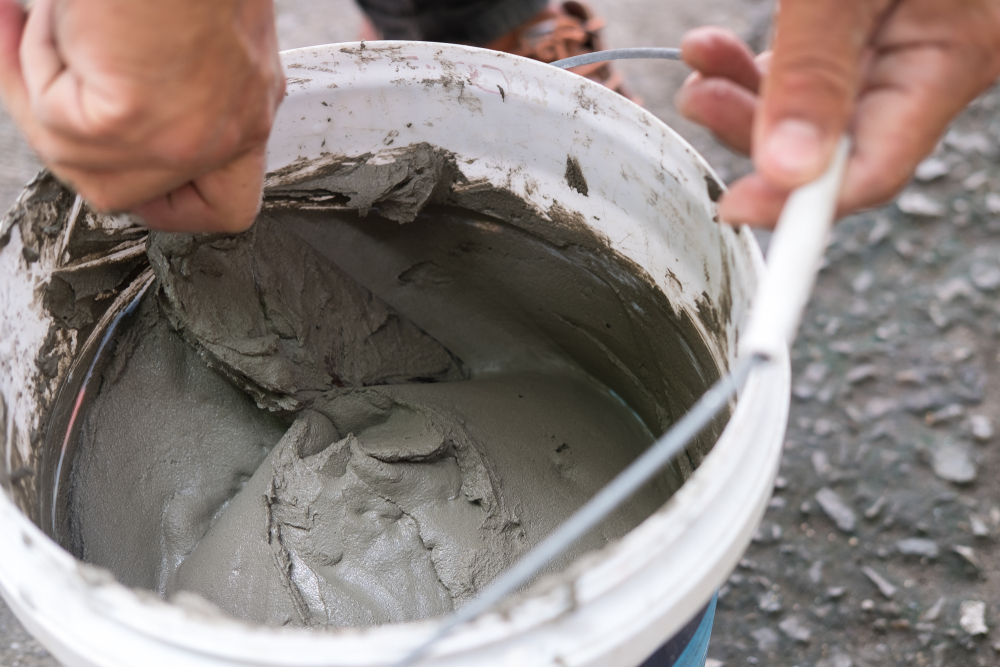
Storage
Sometimes, especially on smaller projects, cement and other products can remain outdoors and on-site for several months. Something as simple as waterproof packaging can eliminate cement wastage by protecting water vulnerable products from rainwater contamination and damage.
It is also worth considering mortar mixes, such as Tarmac Blue Circle Quality Assured Mortar, that are available in weatherproof, tear-resistant bags. For even smaller projects, handy sized 5kg and 10kg re-sealable tubs also help to eliminate mess and wastage on site.
The right products
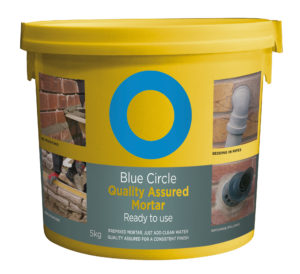 For other jobs around the property – such as concrete drives and paths, concrete steps, fixing fence posts, railings and copings – quick setting cement, such as Tarmac Blue Circle Extra Rapid Cement, can be used. A rapid cement is ideal for colder conditions where rapid hardening properties are beneficial. The cement sets in 30 minutes and gives walk on strength within four to six hours, and will take vehicular traffic within eight to twelve ours.
For other jobs around the property – such as concrete drives and paths, concrete steps, fixing fence posts, railings and copings – quick setting cement, such as Tarmac Blue Circle Extra Rapid Cement, can be used. A rapid cement is ideal for colder conditions where rapid hardening properties are beneficial. The cement sets in 30 minutes and gives walk on strength within four to six hours, and will take vehicular traffic within eight to twelve ours.
For builders, tools that are fit for purpose for completing the task at hand are essential, and the onus is on us to take good care of them during the winter. To keep tools in good condition over the winter period, make sure they are cleaned, sharpened and lubricated regularly. Not only will this save on costs but also prevent the annoying and time-consuming job of chipping away at old dirt and unwanted debris in the spring.
Lastly, when using products in extreme temperatures, it’s important to read the instructions carefully. If you are not sure of the correct method of operation or procedure to follow, consult the manufacturer or supplier.




